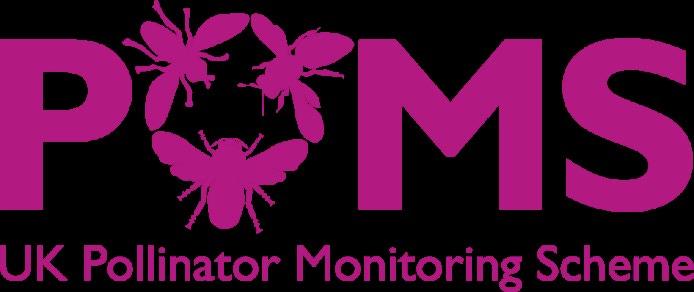
1 minute read
Bringing together
In November 2022 the British Trust for Ornithology (BTO) and JNCC hosted a workshop exploring the impacts, possible management measures and research needs linked to the ongoing outbreak of avian influenza (HPAI H5N1) in the UK’s wild birds. More than 100 animal health experts, virologists, ecologists and conservation practitioners participated over two days, and the outcomes were published on 2 March 2023 by BTO.
The report ‘Highly pathogenic avian influenza in wild birds in the United Kingdom in 2022: impacts, planning for future outbreaks, and conservation and research priorities. Report on virtual workshops held in November 2022’ describes what we know about the impact of the disease in wild birds, explores requirements to assess the vulnerability of different species, and identifies research and conservation knowledge gaps. Bird flu has had significant impact on some species populations, such as Barnacle Goose, Great Skua, and Gannet, with more than 20,000 seabird deaths across 23 species since March 2022, which is likely to be a significant underestimate.
Advertisement
The value of existing national bird monitoring schemes to increase knowledge of the spread and impact of HPAI was highlighted. In particular the BTO/JNCC Ringing Scheme, which reports dead birds carrying uniquely numbered metal leg rings, has revealed high mortality compared to previous years for seven species: Gannet, Great Skua, Guillemot, Arctic Tern, Sandwich Tern, Kittiwake and Mute Swan. This suggests that impacts are greater than those seen from general records of dead birds.
The monitoring of wild bird populations remains critical if we are to understand the impact of HPAI and deliver conservation solutions. Seabird experts, led by the RSPB and including those involved in the BTO/ JNCC Seabird Monitoring Programme, have assessed which species and sites need monitoring in the coming breeding season and are seeking funding to achieve the level of coverage required. This evidence is important for marine industries, including Offshore Wind.
The workshop looked at the potential for different interventions to reduce impact but concluded there was little that could be done to reduce the spread amongst wild birds. Discussion on removal of carcasses of dead birds suggested this might, in some circumstances, be worthwhile, potentially reducing transmission to scavenging species.
The report identifies three areas where more knowledge is required:
• a better understanding of how the virus is spread between individuals and different groups of wild birds;
• assessment of the scale of losses at our internationally important seabird colonies in 2023 ; and
• effective practical approaches to managing future outbreaks.
Since the workshop, JNCC, the Statutory Nature Conservation Bodies (SNCBs), Defra Animal and Plant Health Agency (APHA), environmental non-governmental organisations continue to monitor the impact of HPAI on wild birds, develop approaches to dealing with the outbreak, and plan for the coming seabird breeding season.
Dr Helen Baker Marine Species Team Co-Leader helen.baker@jncc.gov.uk










